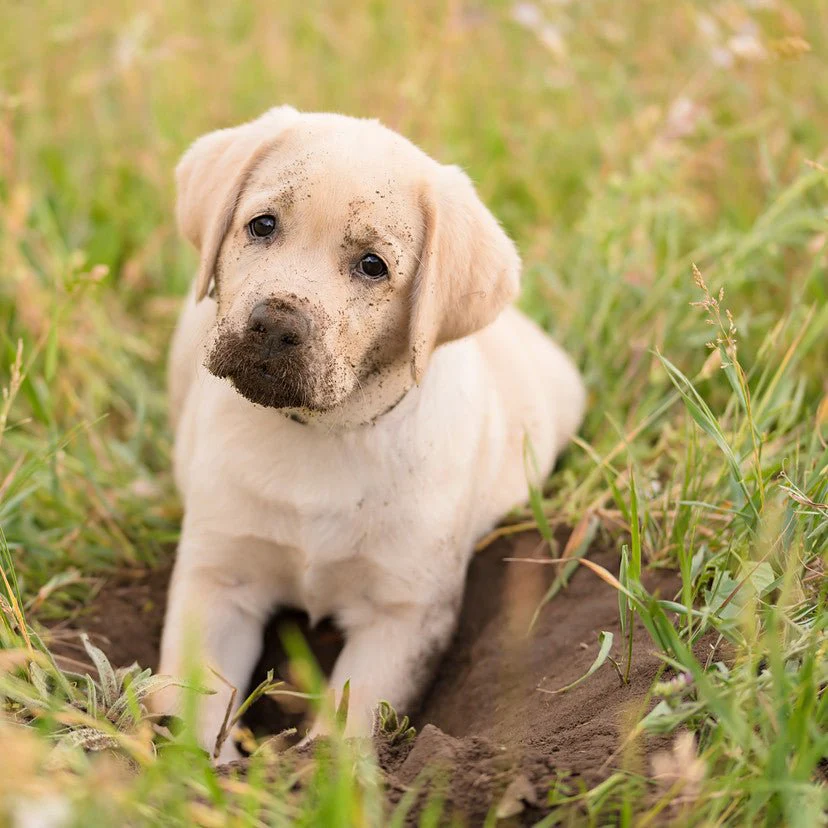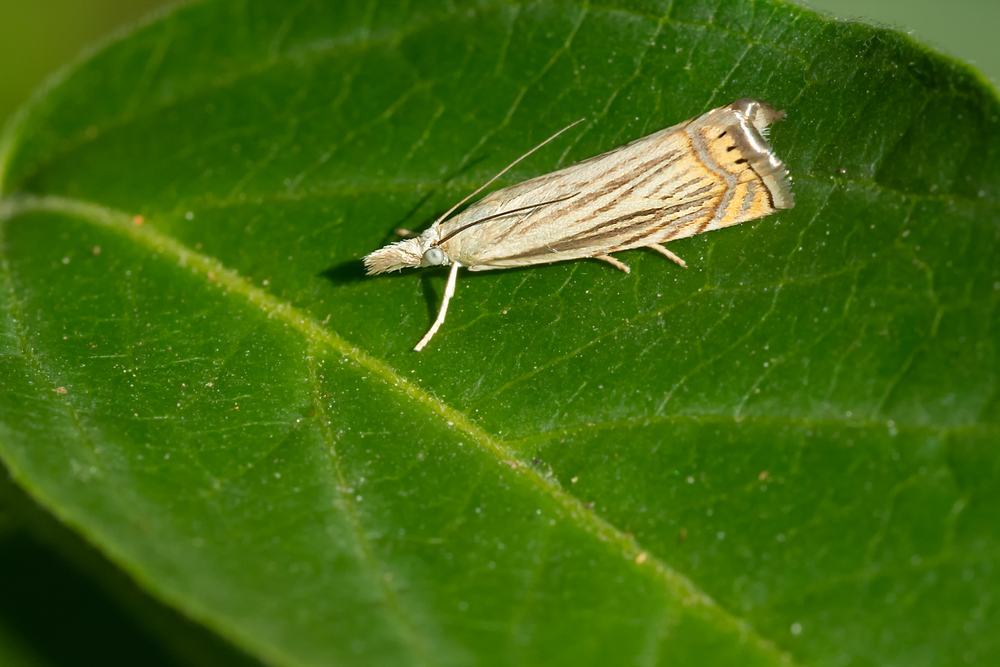A landscape’s new sod is the best thing. No matter how much you do, your lawn will be lush and green. Many homeowners are shocked to find that their lawn is browning in a matter of weeks.
A new lawn can become unviable if it is not properly prepared and taken care of. These are the signs your grass is not thriving.
Your site was not prepared before you started to work.
Proper preparation is crucial for grass longevity. It is better to lay sod over a thick layer of topsoil. Many homeowners skip the preparation step and simply lay the sod directly on top of the dirt. For the following reasons, this is a bad choice:
It is possible that dirt can lack essential nutrition.
New construction homes do not use nutrient-dense dirt for their landscaping or building process. For grass maintenance, fill dirt and fill sand cannot be used.
Topsoil is a rich, loose base that can be used for rooting.
The topsoil layer is loose enough to allow roots to move downwards. Good rooting improves grass survival chances in hot environments.
To level the ground, topsoil can be used.
A bumpy or lumpy ground can cause patchy grass. Topsoil can be used to create a smooth surface and improve drainage in sunken regions.
If you have missed the preparation or feel that your grass is suffering from lack of topsoil, contact a local lawn service. Your grass can be saved with fertilizer, aeration and other equipment.
The plants are not being watered correctly
Most people tend to water their lawns after work or only occasionally during the day. Morning and evening are the best times for watering your lawn. Instead of letting the water run, soak your lawn.
Your grass will need less water during the heat of day. The grass will not be able to weave into the soil. This grass will be more vulnerable to disease and drought. The grass roots will grow deeper and more if there isn’t enough water in the morning and afternoon. Your grass will become more self-sufficient.
Your lawn is too shaded.
It could be that your grass has turned brown because it was planted in an area that isn’t getting enough sunlight.
Although grass can tolerate partial shade, it still requires at least six hours of sunlight per day to grow. These are some of the ways you can save your dying grass.
Mow longer. With less light, you will see more grass.
Keep them away from your lawn.
To replace shaded grass with a shade-tolerant grass, talk to a lawn specialist
New grass can transform your landscape. These guidelines will keep your grass green.





